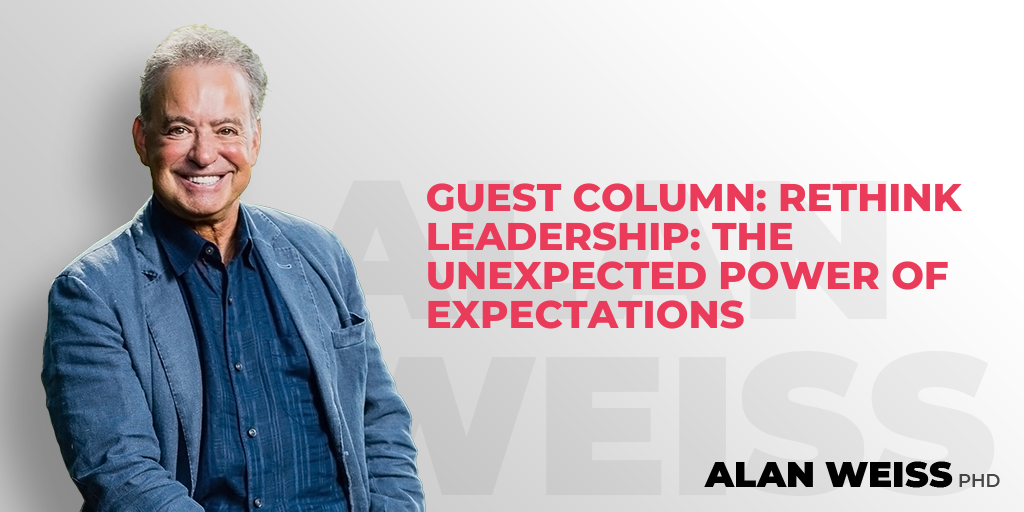Guest Column: Midyear Checkup: A Time to Adapt
Where am I now? Where do I want to go from here?
At the beginning of each year, many of us make it a habit to ask ourselves these two questions. The answers help us map out a strategy, make resolutions and set goals. This annual exercise offers us the opportunity to take stock of our current situation and look at where we want to improve. Maybe it's to save a little more money each week, carve out more family time every day, make a big career move, or spend more time on your favorite jogging/hiking/biking trail. Big and small things, alike.
One problem with these two questions: we don't ask them often enough. Now that we have inched past the halfway point of 2015, it is a good time to ask them again: Where am I now? Where do I want to go from here? This midyear checkup allows you to reassess where you want to spend your two most precious but limited resources – time and energy. Asking these questions lets you examine whether the goals you identified in January still hold true. Has anything significantly changed since then? Have those changes brought about new challenges? Or, even better – new opportunities?
Simply, asking these questions lets you reflect on any unforeseen changes which may have occurred since then. That is often the key to successfully carrying out a plan — accounting for and then adapting to changing circumstances.
The best way to achieve one’s overall life goals is to have a well thought out and documented Wealth Strategy Plan. It is also very important to have a trusted wealth advisor on your team to assist in the development and execution of this plan.
The following are Seven Roles of an Advisor:
- The Expert: Investors need advisors who can provide client-centered expertise to realistically assess the state of their finances and develop risk-aware strategies to help them meet their goals.
- 2. The Independent Voice: The global financial turmoil of recent years has certainly demonstrated the value of an independent and objective voice in a world full of product pushers and high pressure salespeople.
- The Listener: A good advisor will listen closely to clients’ fears, teasing out those issues driving those feelings, and offering practical, long-term solutions.
- 4. The Teacher: Getting beyond the fear-and-flight phase is often just a matter of teaching investors about risk and return, diversification, the role of asset allocation, and the virtue of discipline.
- The Architect: Once these lessons are understood, the advisor becomes an architect, building a long-term wealth management strategy that matches each person’s appetite for risk and lifetime goals.
- 6. The Coach: Even when the strategy is in place, doubts and fears inevitably arise. At this point, the advisor becomes a coach, reinforcing first principles and keeping the client on track.
- The Guardian: Beyond these experiences is a long-term role for the advisor acting as a lighthouse keeper, scanning the horizon for those issues that may affect the client and keeping them informed.
These are just seven of the valuable roles an advisor can play to better understand and respond to a client’s life-long needs, which are a world away from those old notions of selling products off the shelf or making baseless forecasts.
Knowing their advisor is independent—and not plugging any one product—frees the client to trust the advisor as a listener or sounding board. Thus, the listener becomes the teacher, architect, coach, and, ultimately, the guardian as the relationship evolves. Just as one’s needs and circumstances change over time, the nature of the advice service grows and evolves to meet these needs.
However you characterize these various roles, good financial advice is ultimately defined by
the patient building of a long-term relationship founded on the values of trust and independence and knowledge of each client.
Jerry Dorfman, CPA/PFS, is co-founder and principal of Convergence Wealth Advisors in Providence, RI and Fall River, MA, www.convergencewa.com. He can be reached at [email protected].





